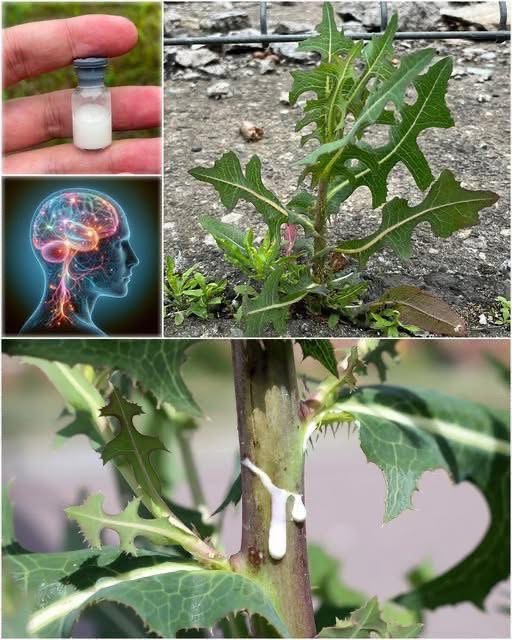Fig sap, often called “fig milk” due to its milky appearance, has been valued for its various practical applications for centuries. The sap, collected from the fig tree (Ficus spp.), is not only an interesting part of the tree but also a versatile substance used in traditional remedies, gardening, and culinary applications.
This guide provides a step-by-step process on how to safely collect and utilize fig sap, while emphasizing sustainable practices and health considerations.
What You Need to Know Before Collecting Fig Sap
Before embarking on the collection of fig sap, it’s crucial to understand several important factors related to safety, timing, and the well-being of the tree.
Safety Precautions
Fig sap contains latex, which can be irritating to the skin and eyes. It’s essential to handle the sap with caution to avoid any potential allergic reactions or irritation. For this reason, always wear gloves and protective eyewear when working with fig sap. In addition, latex exposure may cause skin rashes in sensitive individuals, so proper care should be taken to minimize contact.
Optimal Time for Collection

Leave a Reply